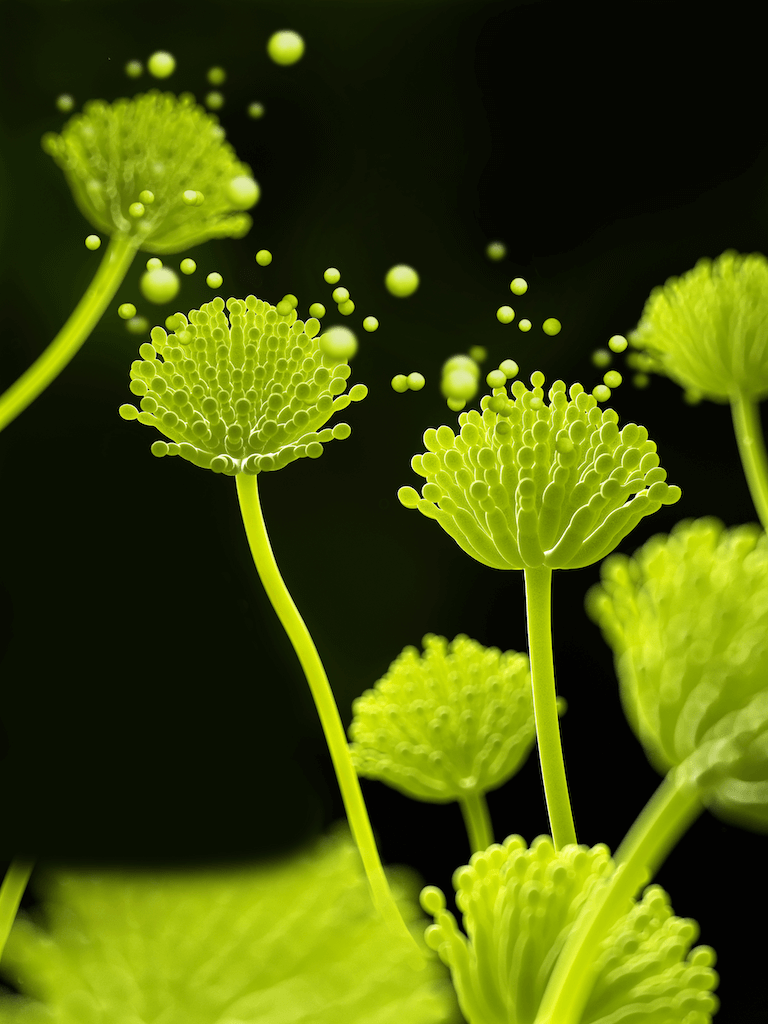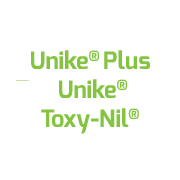Mycotoxins in dairy cows: the role of rumen
05/04/2023
Margaux Lecolinet, Global Marketing Manager for Mycotoxin Management, Adisseo
Damien Prévéraud, Global Scientific Manager for Mycotoxin Management, Adisseo
1. Rumen protects dairy cows against mycotoxins… only partially
Mycotoxins are toxic metabolites, produced by fungi, that can develop in grains and forages. The most well-known and probably the most feared type of mycotoxins in dairy production are aflatoxins, and aflatoxin B1 (AFB1) in particular. When fed to cows, it is metabolically transformed in the liver into aflatoxin M1 (AFM1), which is hepatotoxic and carcinogenic. AFM1 can be carried over into milk, and this can result in severe public health issues and direct losses for producers.
However, aflatoxins are not the only mycotoxin group of concern. Six other main families of mycotoxins have been identified: ochratoxins, zearalenone, two trichothecene groups (including deoxynivalenol (DON) and T-2 toxin), fumonisins and ergot alkaloids. Ruminants are naturally partially protected against some mycotoxins, thanks to the ability of the rumen microflora of such animals to produce enzymes that are capable of detoxifying some mycotoxins. However, most mycotoxins are still a source of major concern regarding the health and performance of cows. The main types of mycotoxins, the sensitivity of dairy cows and their main target organs or systems are presented in Figure 1.
PLEASE ENTER YOUR EMAIL TO ACCESS ALL CONTENT AND DOWNLOADS WITH ONE LOGIN
Hi ,
Please fill in your contact details to access all articles with just one login.


